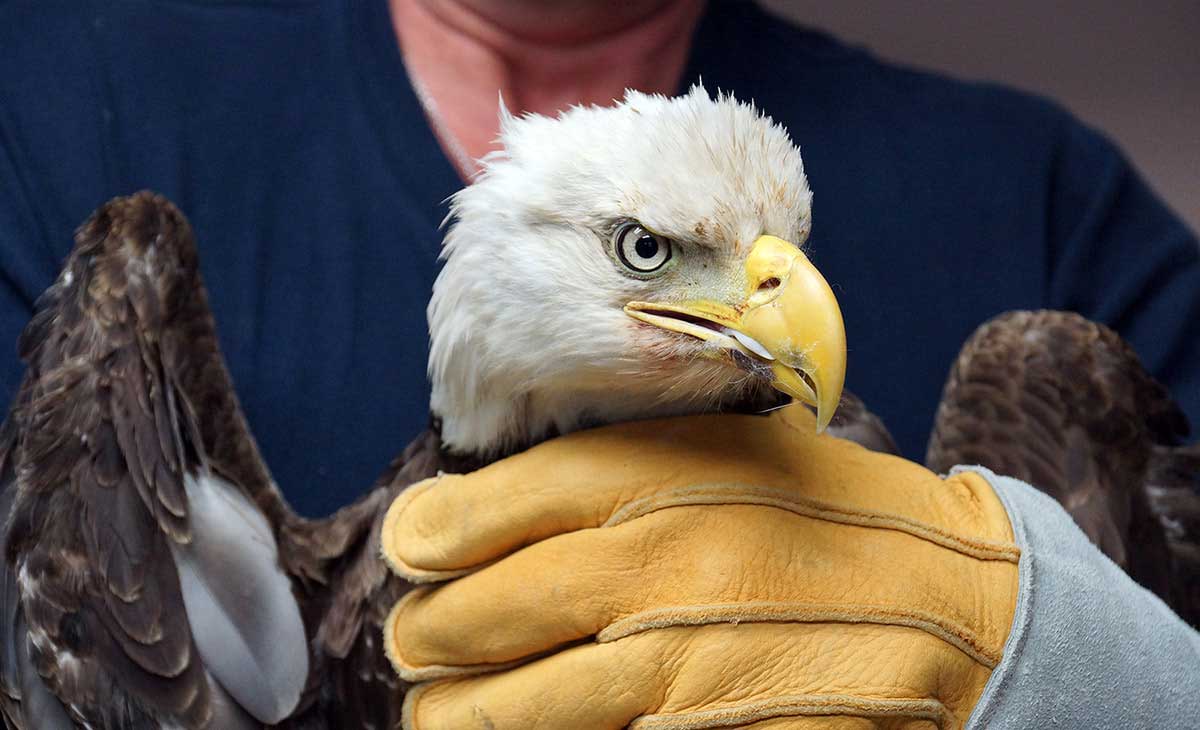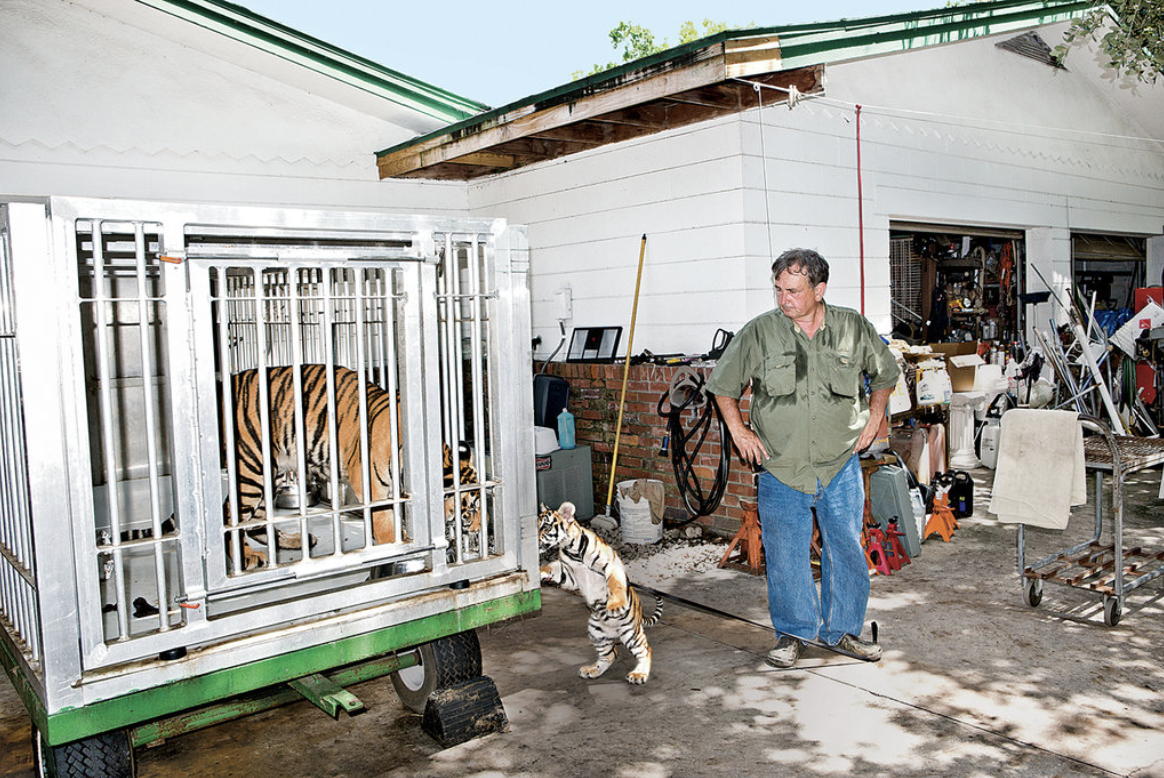Professional Insights on Burlington Animal Control for Pet Owners
Typical Difficulties and Solutions in Urban Wild Animals Removal Initiatives
Urban settings existing unique challenges for wildlife administration experts entrusted with handling or getting rid of wild animals populaces. These obstacles usually converge with moral considerations, legal frameworks, and the safety and security of both animals and people. Public resistance and false impressions better make complex these initiatives, requiring ingenious, non-lethal options and robust neighborhood outreach. Recognizing the intricacies associated with metropolitan wildlife removal is essential for developing strategies that stabilize human safety and security with wild animals welfare. What methods have confirmed most reliable, and exactly how can neighborhoods be better involved to support these campaigns? This discussion seeks to uncover the complex equilibrium needed for successful urban wild animals monitoring.
Honest Wild Animals Administration
Addressing the intricacies of honest wild animals management calls for a balance in between human passions and the preservation of wild animals communities. In city settings, this balance becomes progressively tough as human expansion encroaches on wildlife environments, resulting in regular human-animal communications. Ethical wildlife monitoring in these environments demands methods that focus on humane treatment of pets while mitigating potential disputes.
Among the core concepts in ethical wildlife administration is the avoidance of harm. This includes using non-lethal methods for wildlife removal, such as exemption strategies that prevent animals from entering human houses, or using deterrents that guide them away from metropolitan locations. Wild animals specialists are entrusted with employing methods that reduce tension and injury to the pets, guaranteeing their well-being is taken into consideration along with human safety and security.
Moreover, ethical management requires informed decision-making based on scientific research and eco-friendly understanding. It is important to assess the environmental functions of metropolitan wildlife and how their removal could impact local biodiversity. Professionals must also engage in public education and learning, cultivating a more comprehensive recognition of conjunction techniques and highlighting the significance of preserving natural environments. Inevitably, efficient ethical wildlife monitoring entails cooperation in between guardians, policymakers, and the public to sustain city ecological communities.
Navigating Lawful Limitations
Browsing the legal landscape of city wildlife elimination offers a complicated layer to the already difficult task of honest wildlife administration. Legal limitations are essential in making certain that wildlife is dealt with humanely and ecological communities are protected. These laws differ significantly throughout areas, requiring thorough understanding and conformity from those entailed in wildlife monitoring. Regulations commonly specify allowable approaches of removal, safeguarded varieties, and licensure requirements, consequently forming the methods used by professionals.
One major difficulty is the continuous development of these regulations, usually driven by ecological modifications and social mindsets in the direction of wild animals preservation. Specialists have to continue to be enlightened about present legal requirements and upcoming legislative adjustments. Non-compliance can result in substantial fines, lawful ramifications, and reputational damages.
In addition, collaboration with neighborhood authorities can be important in browsing these restrictions efficiently. Building partnerships with wild animals companies and legal specialists can give useful insights and assistance. This collaboration ensures that elimination efforts are not only lawful however also straighten with broader preservation objectives. Thus, understanding and sticking to lawful frameworks is not just a procedural necessity yet an essential component of liable and sustainable city wildlife monitoring.

Safety And Security in Elimination Practices
Guaranteeing security in wild animals elimination practices is critical to securing both human and go to the website animal welfare. These efforts need a well balanced strategy that minimizes risk while accomplishing the preferred result of transferring pets from city setups. A key concern in wildlife removal is the potential for injury or disease transmission to humans, requiring using personal protective devices (PPE) such as gloves, goggles, and masks. Educated experts must manage eliminations to prevent worsening the situation, as untrained individuals may inadvertently damage themselves or the pets included.
Safe elimination practices likewise include making use of gentle traps made to stop injury. These catches have to be regularly checked to guarantee that pets are not left in distress. Additionally, it is crucial to follow standards that dictate the suitable handling, transportation, and release of caught wildlife, guaranteeing that the pets are gone back to suitable environments where they can thrive without presenting further dangers to city environments.
Additionally, education and training for those involved in wildlife removal are crucial. This makes sure that all events are aware of the newest security methods and techniques, thus decreasing the probability of mishaps and promoting an unified coexistence between city occupants and wildlife.
Cutting-edge Deterrent Solutions
While safety in wildlife elimination is vital, avoiding encounters with metropolitan wildlife with ingenious deterrent options can dramatically reduce the need for such interventions. Urban environments, with their abundance of food and shelter, frequently attract wildlife like squirrels, raccoons, and pigeons, resulting in prospective disputes. Developments in innovation and design have led the way for reliable and creative deterrent methods that decrease wild animals visibility without injury.
One such option is using ultrasonic devices, which produce high-frequency sounds faint to people however undesirable for different wildlife varieties, driving them far from particular areas. In addition, motion-activated sprinklers can deter pets by stunning them with unexpected bursts of water, efficiently dissuading their return. These gadgets are particularly valuable in securing gardens and environment-friendly areas from foraging animals.

Additionally, the integration of wise lights systems that adjust their illumination and color can interrupt the nighttime tasks of certain wild animals, minimizing their comfort in metropolitan setups. Physical barriers, such as bird spikes and nettings, proceed to function as practical deterrents, these details stopping pets from nesting or roosting in unwanted areas. Emphasizing humane and green methods, these innovations hold pledge for sustainable metropolitan wild animals monitoring.
Community Education Initiatives
Comprehending the value of area education and learning initiatives is essential in attending to metropolitan wild animals obstacles properly. Such campaigns play a substantial role in fostering coexistence between humans and wildlife in urban settings by raising awareness and advertising liable behaviors. Enlightening homeowners you can try these out concerning neighborhood wild animals types, their environments, and habits can decrease misunderstandings and worry, resulting in more informed choices pertaining to wild animals administration.
Neighborhood education efforts often consist of workshops, workshops, and outreach programs made to involve citizens of any ages. These initiatives can concentrate on sensible recommendations, such as protecting waste bins, mounting bird-friendly frameworks, and preventing feeding wildlife, which aids stop attracting pets right into urban locations. By distributing knowledge about the eco-friendly functions of wild animals, neighborhoods can shift viewpoints from viewing animals as nuisances to recognizing their worth within metropolitan ecosystems.
Citizens that recognize the significance of wild animals preservation are extra likely to sustain humane elimination methods and habitat protection procedures - wildlife rescue burlington. Reliable area education and learning requires collaboration in between neighborhood authorities, wildlife specialists, and community leaders to establish tailored programs that deal with particular metropolitan wildlife problems.
Final Thought
Urban wild animals removal calls for a diverse approach, resolving honest management, lawful compliance, and safety and security in removal practices. Effective urban wild animals management pivots on collaboration amongst locals, specialists, and authorities, making sure strategies that secure human safety while appreciating wild animals welfare.
Urban atmospheres existing one-of-a-kind obstacles for wildlife monitoring professionals charged with removing or managing wild animals populations. Recognizing the intricacies involved in city wildlife removal is important for creating strategies that balance human security with wild animals well-being.Navigating the legal landscape of metropolitan wildlife elimination presents an intricate layer to the already tough task of moral wild animals management.While safety in wildlife removal is crucial, preventing experiences with urban wild animals through innovative deterrent services can substantially minimize the demand for such treatments. Effective city wildlife management hinges on cooperation among specialists, residents, and authorities, making certain approaches that guard human safety and security while valuing wild animals welfare.